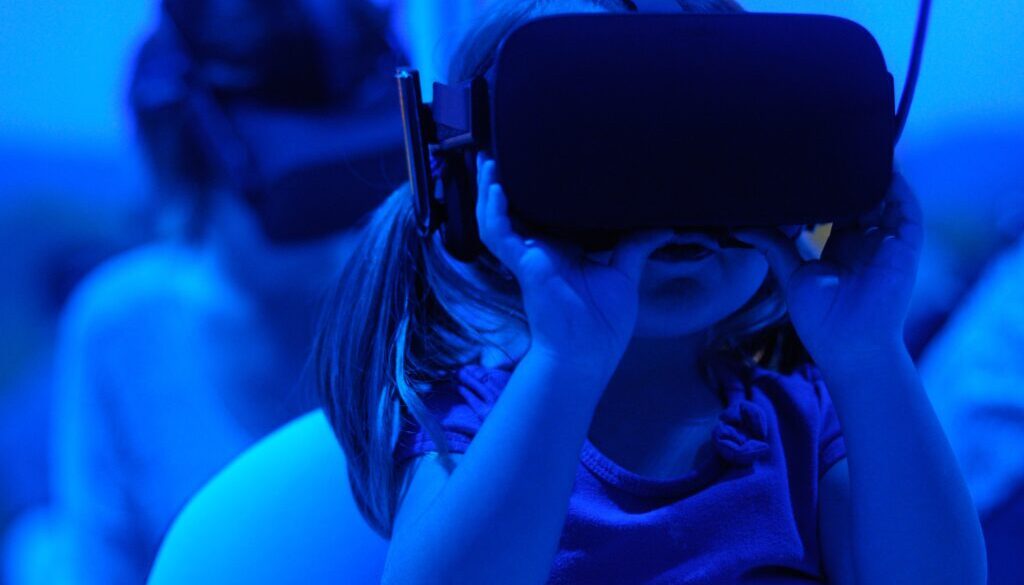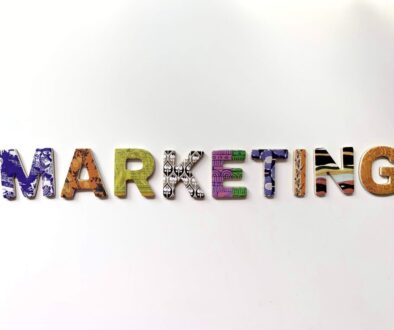Introduction
In the digital age, the marketing landscape is constantly evolving, driven by technological advancements that offer new and creative ways to captivate consumers. Augmented reality (AR) has emerged as a powerful tool that brings the virtual world into the real world, creating interactive and immersive experiences for customers. This blog explores the transformative potential of augmented reality in marketing, highlighting how businesses can leverage this technology to engage customers in innovative and memorable ways.
The Rise of Augmented Reality in Marketing
Augmented reality has taken marketing to a whole new level by breaking down the barriers between the digital and physical realms. Through the use of smartphones, tablets, and AR-enabled devices, brands can superimpose digital content onto the real world, offering consumers dynamic and interactive experiences that were once the stuff of science fiction.
- Enhancing Customer Engagement
AR captivates audiences by offering engaging and interactive experiences. Whether it’s trying on virtual clothes, visualizing furniture in their own living spaces, or previewing products in real-time, customers are more likely to engage with brands that provide these personalized and immersive interactions.
- Creating Memorable Experiences
Marketing is not just about selling products; it’s about creating memorable experiences that resonate with customers. AR campaigns can leave lasting impressions by offering unique, shareable moments that differentiate your brand from competitors.
- Overcoming Barriers to Purchase
AR can address the challenges of online shopping, where customers often hesitate due to uncertainty about how products will look or fit. By enabling virtual try-ons or “placing” products in their environment, AR helps customers make more informed purchasing decisions.
- Interactive Print and Packaging
Even traditional print materials can come to life with AR. By scanning a printed image or packaging with a mobile device, consumers can access additional content, videos, 3D models, and more, enhancing engagement and providing additional value.
- Storytelling in a New Dimension
AR allows brands to tell stories in creative and interactive ways. They can visualize product origin, showcase manufacturing processes, or bring historical events to life, deepening the connection between the brand and its audience.
Successful Augmented Reality Marketing Campaigns
- IKEA Place
The IKEA Place app allows customers to virtually place furniture items in their living spaces using their smartphones. This AR experience addresses the challenge of visualizing how furniture will fit and look in real rooms.
- Sephora Virtual Artist
Sephora’s Virtual Artist app lets users try on different makeup products virtually. By overlaying digital makeup on a live video feed of their face, customers can experiment with different looks before making a purchase.
- Pokemon GO
Pokemon GO took the world by storm with its location-based AR gameplay. The game blended the real world with virtual Pokemon creatures, encouraging players to explore their surroundings and engage with local businesses as “PokeStops.”
- L’Oreal’s AR Beauty Try-On
L’Oreal’s AR app lets users virtually try on different makeup products using facial recognition technology. This experience allows customers to see how various products will look on their skin tone and features.
- Coca-Cola’s AR Can Activation
Coca-Cola used AR to turn their cans into interactive experiences. By scanning the can with a mobile app, users could access games, animations, and more, enhancing the brand’s connection with consumers.
Implementing AR in Your Marketing Strategy
- Set Clear Objectives
Define what you want to achieve with your AR campaign. Whether it’s increased engagement, brand awareness, or driving sales, clear objectives will guide your strategy.
- Understand Your Audience
Know your target audience’s preferences and behaviors. Tailor your AR experience to their interests and pain points to maximize engagement.
- Choose the Right Platform
Decide whether your AR experience will be accessible through smartphones, tablets, or wearable devices. Choose the platform that aligns with your audience’s preferences and technological capabilities.
- Collaborate with Experts
Collaborate with AR developers, designers, and content creators to ensure a seamless and user-friendly experience. Expertise in both technology and design is essential for creating compelling AR content.
- Promote and Measure
Promote your AR campaign through various channels, and monitor its performance. Track engagement metrics, user feedback, and conversion rates to assess the campaign’s effectiveness.
Conclusion
Augmented reality is revolutionizing the way businesses engage with their customers. By blurring the lines between the physical and digital worlds, AR campaigns offer personalized, interactive, and memorable experiences that capture consumers’ attention and drive engagement. As technology continues to advance, brands that embrace AR in their marketing strategies stand to create deeper connections, foster brand loyalty, and stay at the forefront of innovation in the ever-evolving world of marketing.













